The fragile splendor of America's largest national forest
An Alaskan photographer hikes blue glaciers and lush rainforests to capture the unique beauty of Tongass National Forest

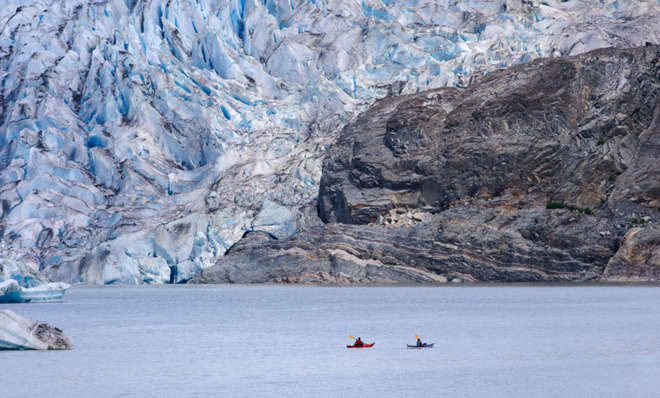
There is a land, in southeast Alaska, that feels like the setting of some old-world fairy tale. Across nearly 17 million acres, bears wander through icy rivers, pausing to snatch salmon from the watery depths before sauntering into lush rainforests. Eagles fly across windswept plains, battered down by seasonal storms. Blue and white glaciers scour the bedrock of otherwise imposing mountain ranges.
Photographer Mark Meyer ventured into this stunning Alaskan wild four times over the course of one summer to capture as many of the Tongass' wonders as he could for the U.S. Forest Service.
"Even though I've spent a lot of time in the backcountry, often alone, for me, being alone in the wilderness is always a little unnerving," Meyer said in an e-mail interview. "You are always a little bit aware that nobody is around to help you should you do something foolish or get unlucky."
The Week
Escape your echo chamber. Get the facts behind the news, plus analysis from multiple perspectives.

Sign up for The Week's Free Newsletters
From our morning news briefing to a weekly Good News Newsletter, get the best of The Week delivered directly to your inbox.
From our morning news briefing to a weekly Good News Newsletter, get the best of The Week delivered directly to your inbox.
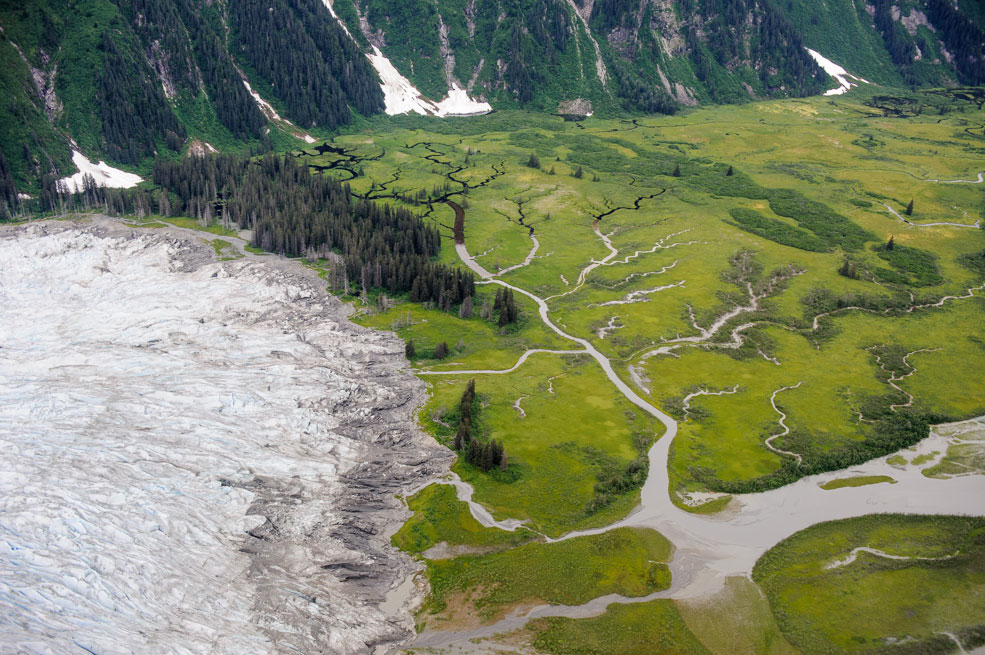
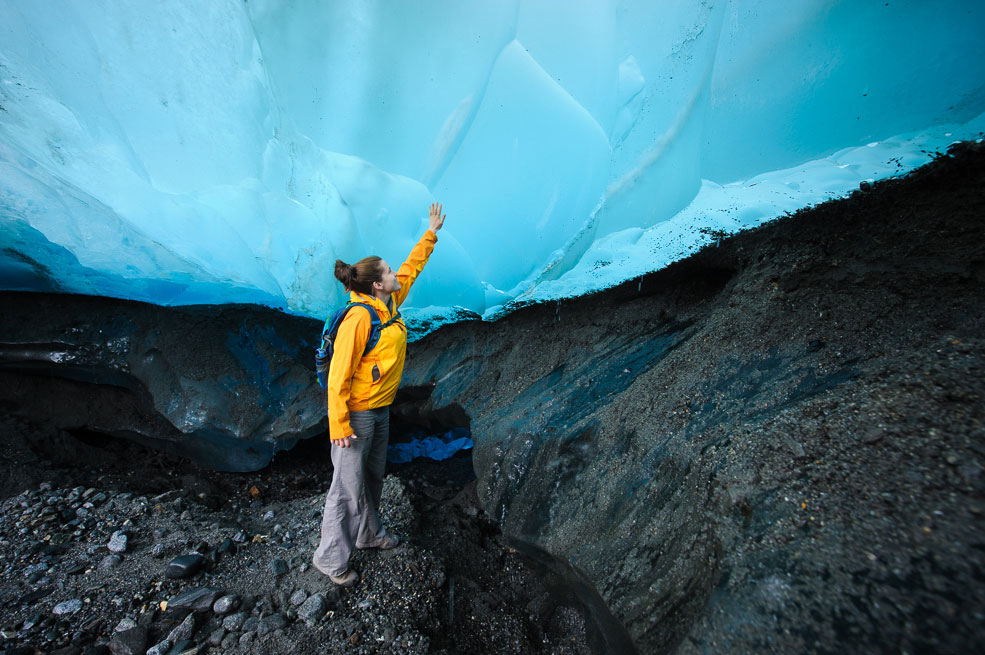
The Tongass is three times the size of America's next largest national forest (the Chugach, also in Alaska), and its sheer scope offers up a veritable geographical survey, from snow-covered mountain peaks and calving glaciers, to mud-filled meadows and channels traversed by whales.
Such terrain combined with an equally diverse weather system forced Meyer to get creative, both in mapping his four journeys and preparing for them adequately.
"You end up packing all this stuff and hunting for places to store it when you don't need it," he explains. "Glacier trekking requires stiff, heavy boots. Kayaking requires something lighter and waterproof."
The Tongass gets "tons of rain," Meyer notes, which means he needed gear to protect not only himself from incessant showers, but also his camera equipment. Luckily, the exhaustive preparation paid off.
A free daily email with the biggest news stories of the day – and the best features from TheWeek.com
"The real challenge is getting there and back with your stuff," he says. "Once you've done that, the photographs are just a matter of looking around."
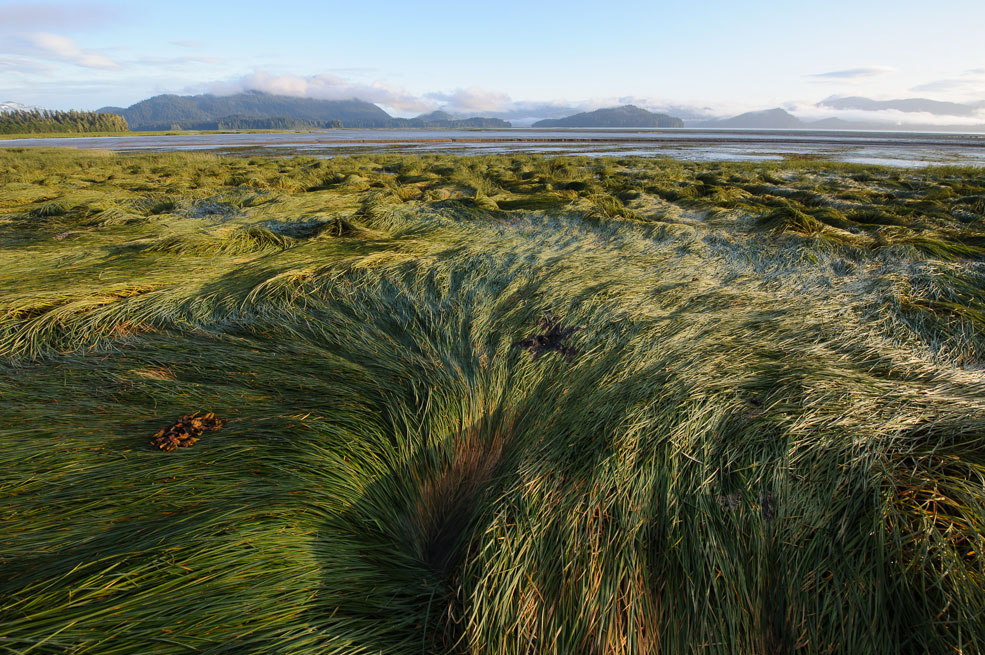
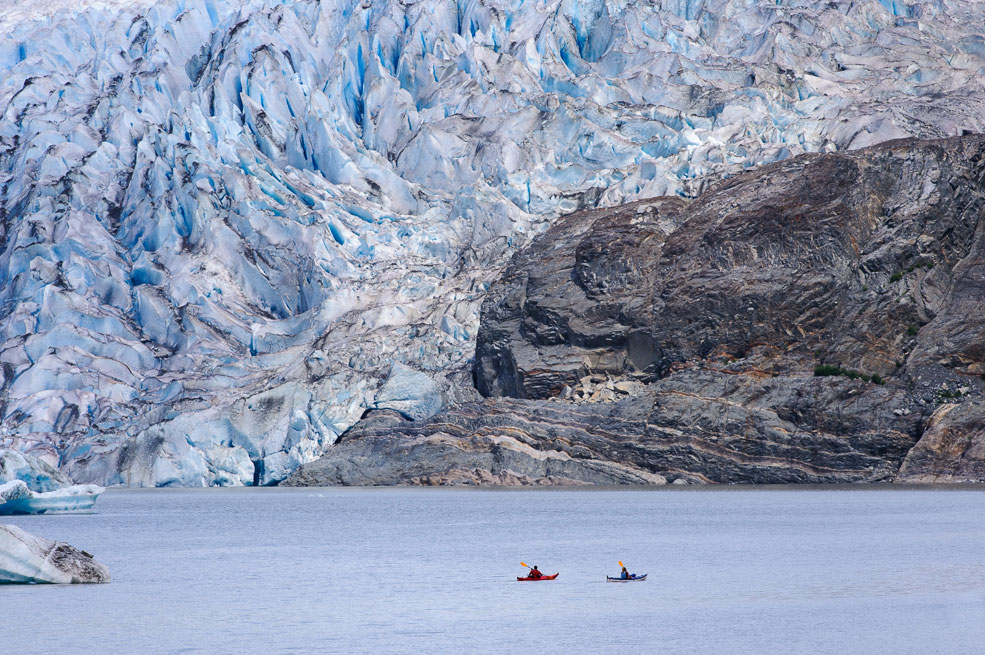
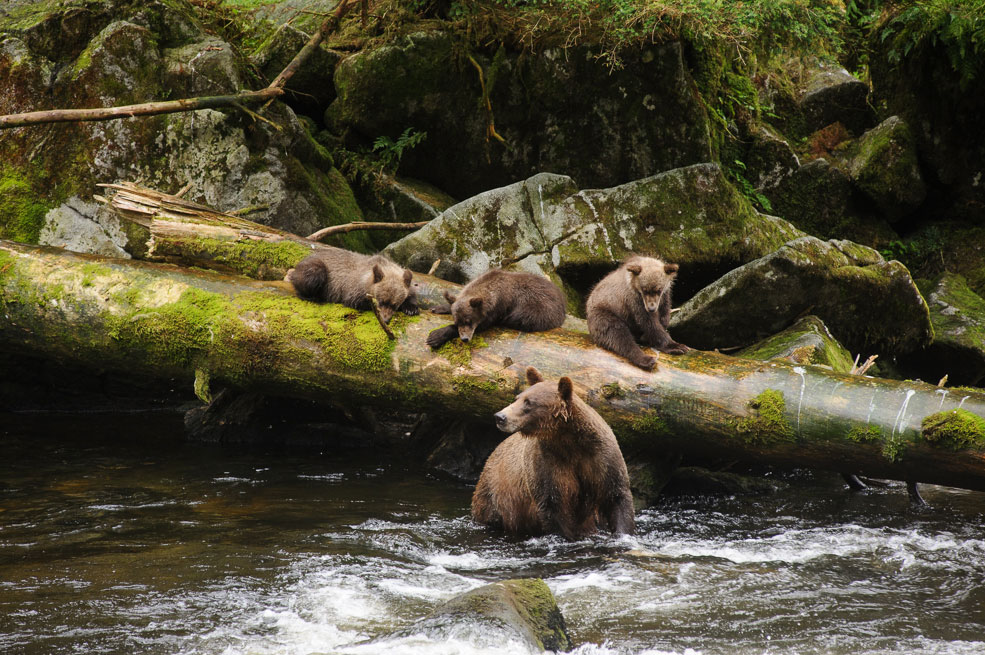
For much of his assignment, Meyer kayaked and hiked his way through the Tongass solo. Unnerving though the solitude occasionally proved, it also offered some unique — and, in today's hyper-connected world, rare — moments.
"I camped on Windfall Island, and the channel between Windfall and Admiralty Islands is frequented by whales," Meyer says. "Throughout the night, the silence was broken by whales coming up for air and slapping their flippers on the surface. This is louder than you might expect, and it echoes through the trees like giant sighs."
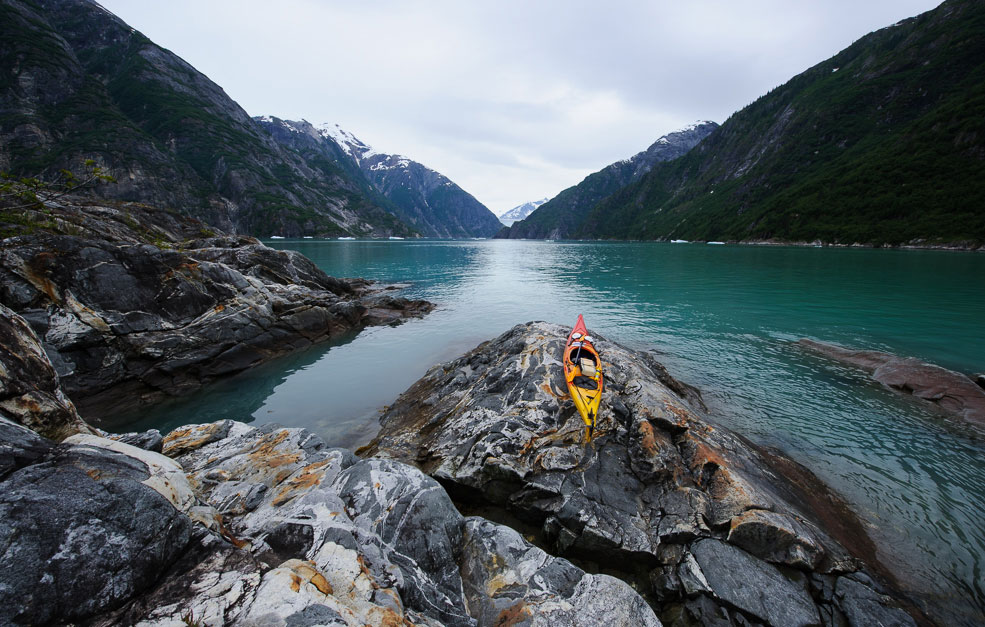
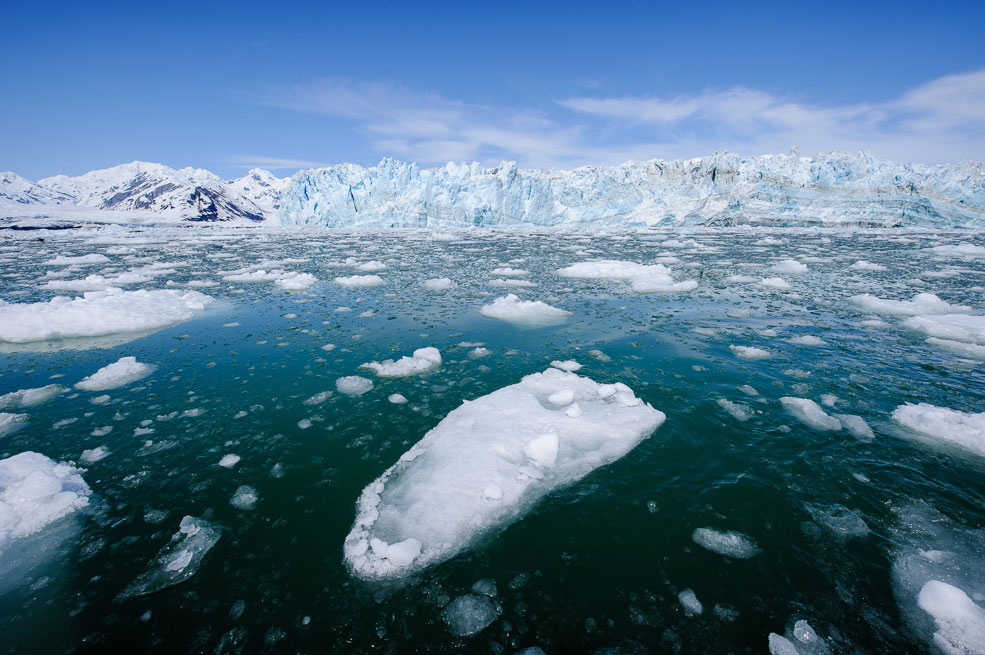
As miraculous and remote as the Tongass is, the national forest is not immune to the whims of humanity. Tracts of trees that seemed never-ending when President Teddy Roosevelt established the national forest more than a century ago are now threatened by subsidized logging. And otherworldly blue ice caves may soon be admired only in pictures.
"The Mendenhall Glacier is retreating very quickly," Meyer says. "The ice caves are really shocking the first time you see them. It's tempting to think the color you see in photographs is artificial, but when you step inside, the walls are a hyper-saturated blue color I've never experienced anywhere else. The forest service reported that the entrance of that cave collapsed this year."
The threats to Tongass' future are real, but for now, visitors can still experience a backcountry adventure rivaled by few other places. And Meyer can look back on a project that was "as close to a dream assignment as they come."
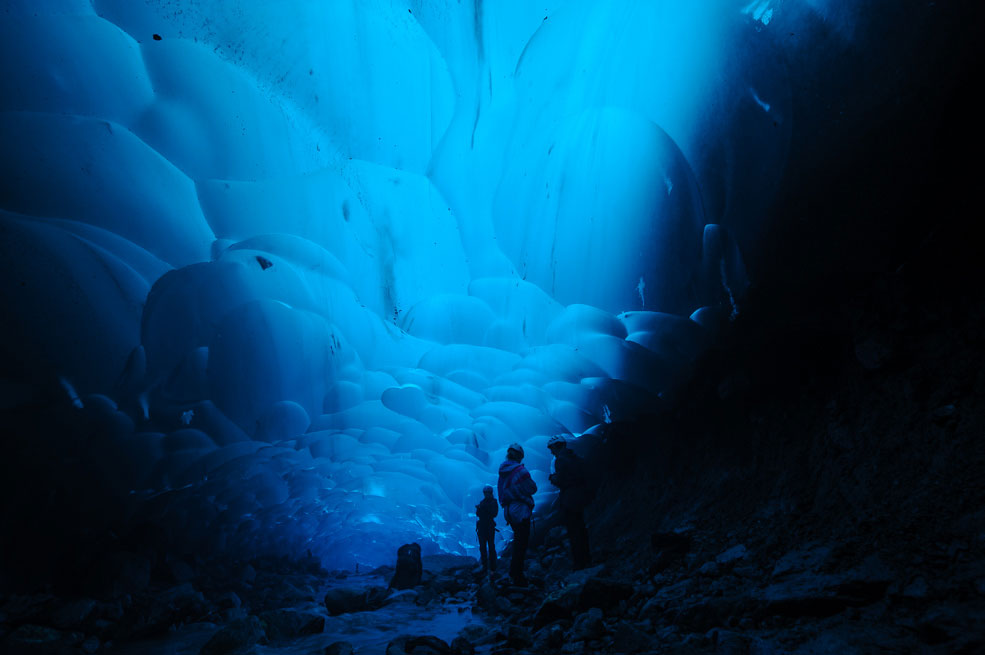
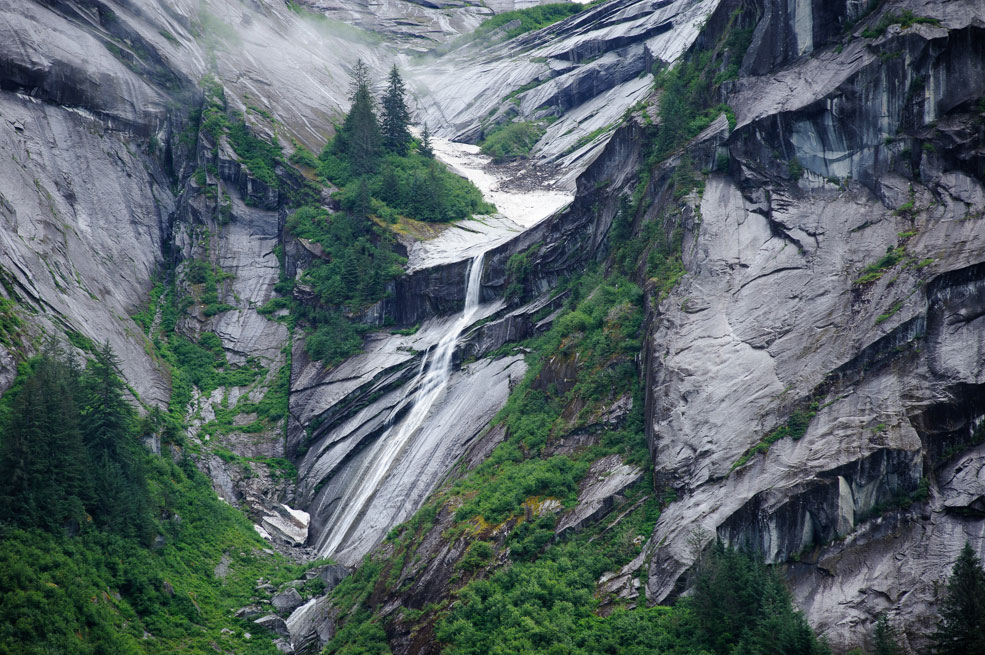
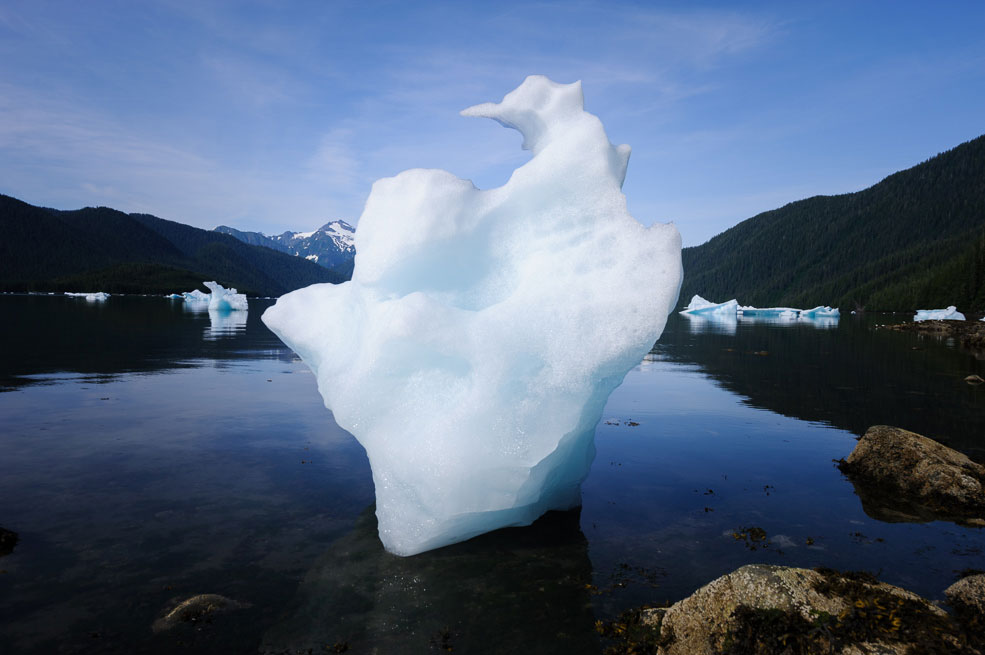
**See more of Meyer's work on his website, and follow him on Twitter and on Instagram**
Sarah Eberspacher is an associate editor at TheWeek.com. She has previously worked as a sports reporter at The Livingston County Daily Press & Argus and The Arizona Republic. She graduated from Northwestern University's Medill School of Journalism.
-
 ‘Capitalism: A Global History’ by Sven Beckert and ‘American Canto’ by Olivia Nuzzi
‘Capitalism: A Global History’ by Sven Beckert and ‘American Canto’ by Olivia NuzziFeature A consummate history of capitalism and a memoir from the journalist who fell in love with RFK Jr.
-
 Who will the new limits on student loans affect?
Who will the new limits on student loans affect?The Explainer The Trump administration is imposing new limits for federal student loans starting on July 1, 2026
-
 Why does Susie Wiles have MAGA-land in a panic?
Why does Susie Wiles have MAGA-land in a panic?TODAY’S BIG QUESTION Trump’s all-powerful gatekeeper is at the center of a MAGA firestorm that could shift the trajectory of the administration
